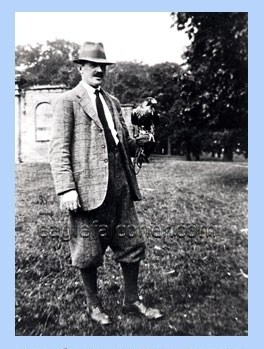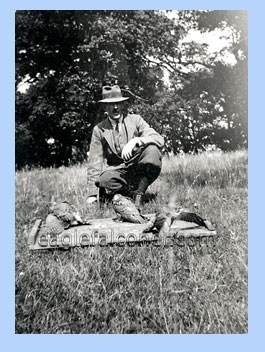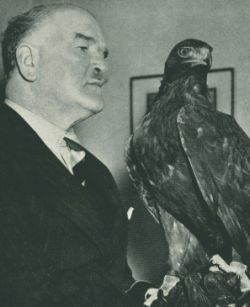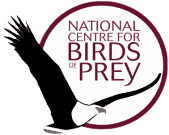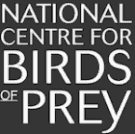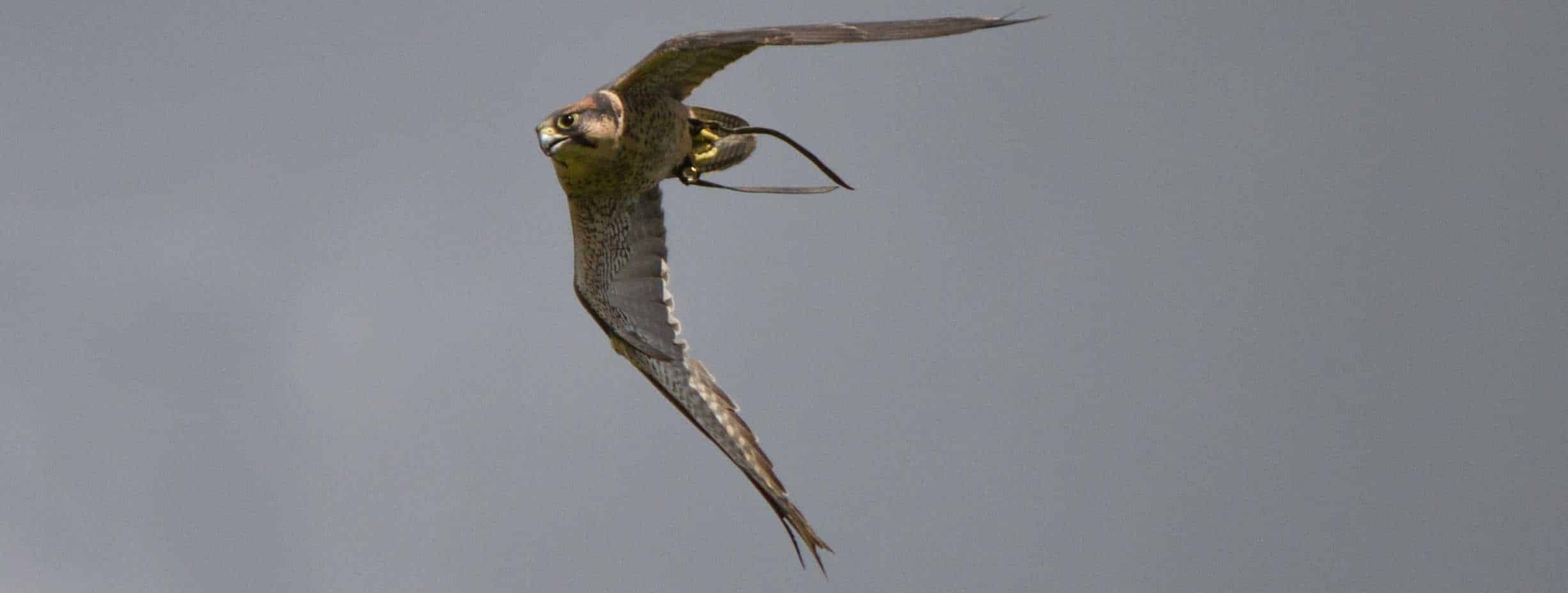
A Short History
STARTING THE NATIONAL CENTRE FOR BIRDS OF PREY
The new National Centre for Birds of Prey is set in the most wonderful ancient woodlands of Duncombe Park on the outskirts of Helmsley. We started here because Charlie Heap, one of the directors, used to work for the our sister centre in Gloucestershire (www.icbp.org) followed by running a bird of prey centre at Drumlanrig Castle in Scotland, then changing his life and doing other things for many years before finally deciding he wanted to get back into working with birds of prey.
With his own house completed, plus a super wife and a son, he thought he would fill his life again with raptors. So in 2011 we spoke to Jake Duncombe, the owner of Duncombe Park, and got his interest going, sat down and drew up lots of plans and then started the dreaded planning application. We won’t go into the ensuing battle (well not right now), suffice it to say that in the end we won, although almost gave up at several junctures, and the building started in January 2012. Needless to say that the weather although starting off well deteriorated into one of the wettest years on record, which did not help the building. However Charlie did not give up and in November a convoy of vehicles arrived from Newent with a substantial collection of birds to live in their brand spanking new enclosures.
THE HISTORY OF FALCONRY AT DUNCOMBE PARK
In 1863 the Hon. Cecil Duncombe (the first Earl of Feversham’s younger brother) started spring rook hawking. The following year a small club was formed called the Old Hawking Club. In its first year the club membership stood at seven: the Hon. Cecil Duncombe, Lord Lilford, the Maharajah Dhuleep Singh, Mr. Amherst, Col. Brooksbank, A.E.Knox and Edward Newcome. The famed Old Hawking Club lasted some 62 years. Throughout that time Mr. Cecil Duncombe was a mainstay of the club.
The next chapter in Duncombe’s falconry history started in 1911 with the arrival of a new gamekeeper – Adam Gordon. Adam Gordon was already an accomplished falconer on his arrival on the estate. Mr. St. Quintin of Scampston Hall, near Malton, who in his younger days had been one of the most active members of the Old Hawking Club, gave Lord Helmsley and Gordon most of his falconry furniture (equipment). Gordon obtained a Goshawk from Karl Mollen of Valkenswaard and together with Lord Helmsley enjoyed some fine sport at the many rabbit warrens on the estate.
All the falcons and hawks were sold when war broke out, and Lord Helmsley formed the Yorkshire Hussars mainly from volunteers. Sadly the war claimed the life of Lord Helmsley; he was killed in action on the Somme.
After the war, Gordon returned to the estate. Charles William, Lord Helmsley’s eldest son, and now the third Earl, was only twelve years old. Gordon was made head Keeper, again keeping falcons and goshawks.
Gordon moved from Nawton Towers to reside in what is now our shop and tearoom. Since the loss of both the first and second Earl the house became a girls’ school. As the third Earl grew up he took an interest in falconry under the guidance of Gordon, and it was by chance that in the early twenties the late Capt.C.W.R.Knight, wildlife film maker, naturalist and falconer visited the school to present a film and give a lecture. Capt. Knight returned to the school in the coming years to show films and fly his golden eagle, Mr. Ramshaw. Mr. Ramshaw was probably the most famous eagle in history. Books were written about Mr. Ramshaw and his adventurous life included multiple Atlantic crossings and being torpedoed by a German U-Boat (he survived!).
A friendship developed, and Knight would partake of the hospitality at Nawton Towers. Mr. Ramshaw would stay in a shady corner at the Parkland Centre. Capt. Knight particularly enjoyed flying merlins and an arrangement developed which was to continue for many years. Gordon knew of merlins nesting on the estate’s moorland and collected some of the young each season. They were housed and trained in the veteran trees that grow in the centre’s grounds. They were then collected together and transported in a padded hamper by train to Sevenoaks.
Capt. Knight and his brother Hugh, together with a collection of friends would fly the Merlins on Salisbury Plain. At the season’s end the merlins were returned to Duncombe to be released on the same moorland. This was of great benefit to the local merlin population as it ensured many more fledgling merlins reached maturity.
Although Gordon’s principle occupation was keepering the estate he still maintained a number of trained falcons and hawks. In 1928 the Third Earl joined the fledgling British Falconers Club; he was nominated by Capt. Knight. The Earl continued his membership of the BFC until the Second War.
In later years Capt. Knight taught falconry to his nephew, Philip Glasier. Most British falconers would agree that Philip Glasier became the father of modern falconry in the UK. In 1967 Philip and his daughter Jemima founded the world’s first bird of prey centre in Newent, Gloucestershire. Now called the International Centre for Birds of Prey, Newent it has recently gained charitable status but is still run by Jemima.
Mr. Gordon’s granddaughter still visits the estate from time to time.
Many thanks to the eminent local falconer, Alan Gates, for allowing us to use his research into Adam Gordon and Duncombe’s own falconry history. www.eaglefalconer.com
